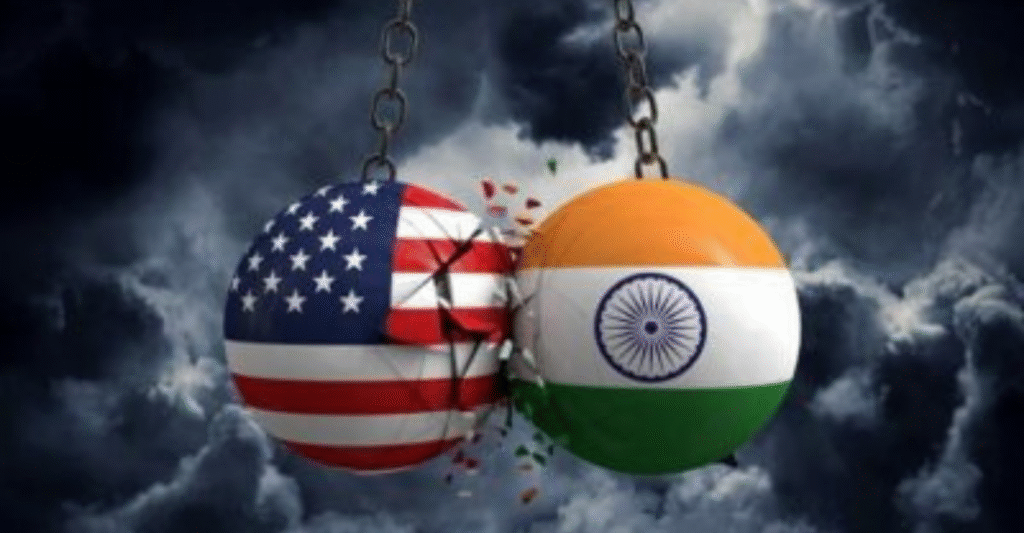
Quick insights
- Strategic Patience: India’s non-aggressive stance lets legal challenges proceed, avoiding escalation.
- Legal Weaknesses: Tariffs lack evidence for national security claims, per precedents like 2022 rulings.
- U.S.-Led Litigation: American importers drive lawsuits, minimizing India’s direct role.
- Economic Gains: A favorable ruling could enhance Indian exports and trade ties.
Background on Trump’s Tariffs
Former President Donald Trump imposed tariffs on Indian goods in 2018, citing trade imbalances and national security concerns. These duties targeted steel, aluminum, and other imports, escalating tensions between the two nations. India responded with retaliatory tariffs but has largely refrained from further escalation, allowing legal avenues to challenge the U.S. actions in court. Experts argue this strategy could exploit procedural flaws in the tariffs’ implementation, positioning India to benefit from judicial review.
Potential Supreme Court Ruling
- Legal Grounds: Cases like those filed by importers challenge the tariffs’ basis under Section 232 of the Trade Expansion Act, arguing insufficient evidence for national security threats.
- Precedent Influence: The Supreme Court has previously struck down similar tariffs, such as in the 2022 case involving steel and aluminum, setting a favorable precedent.
- India’s Advantage: By not intervening directly, India avoids diplomatic fallout while letting U.S. stakeholders drive the litigation, potentially leading to a ruling that benefits Indian exporters.
If the Supreme Court rules against the tariffs, India could emerge stronger economically without confrontation, underscoring the power of strategic patience in international trade disputes. This outcome might encourage similar approaches in future global negotiations.


